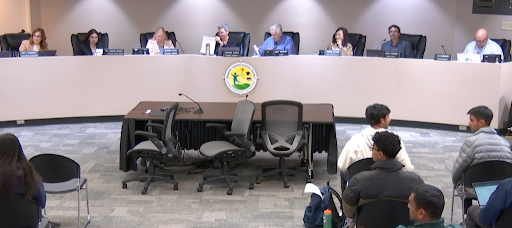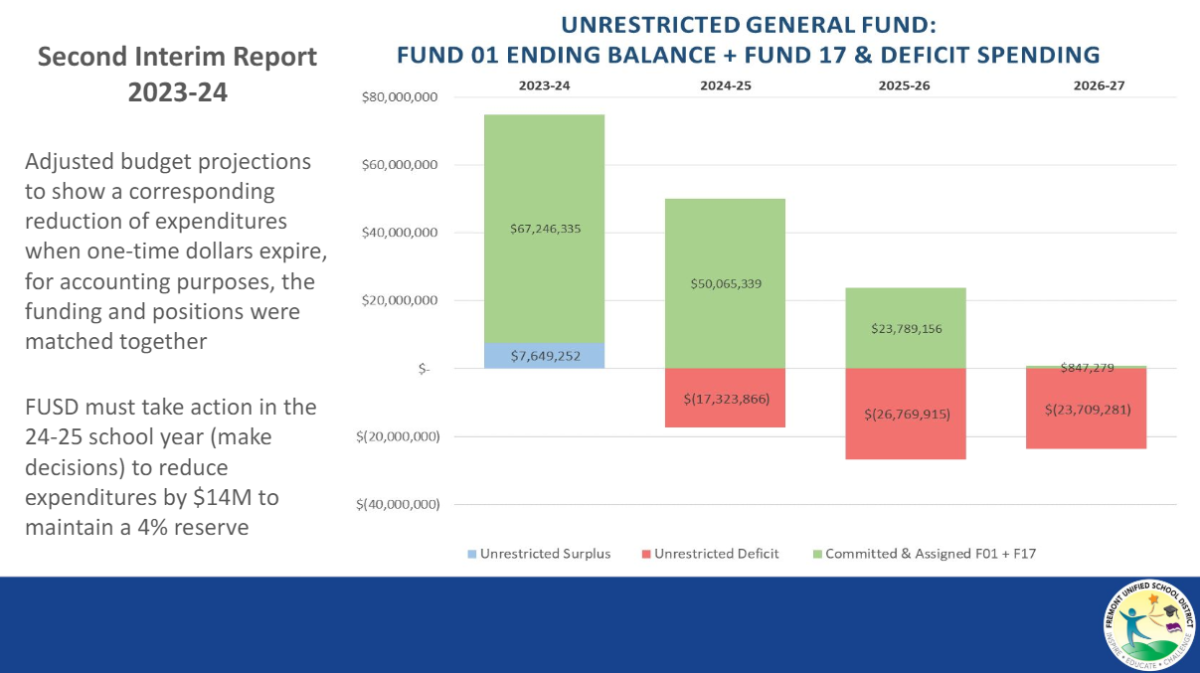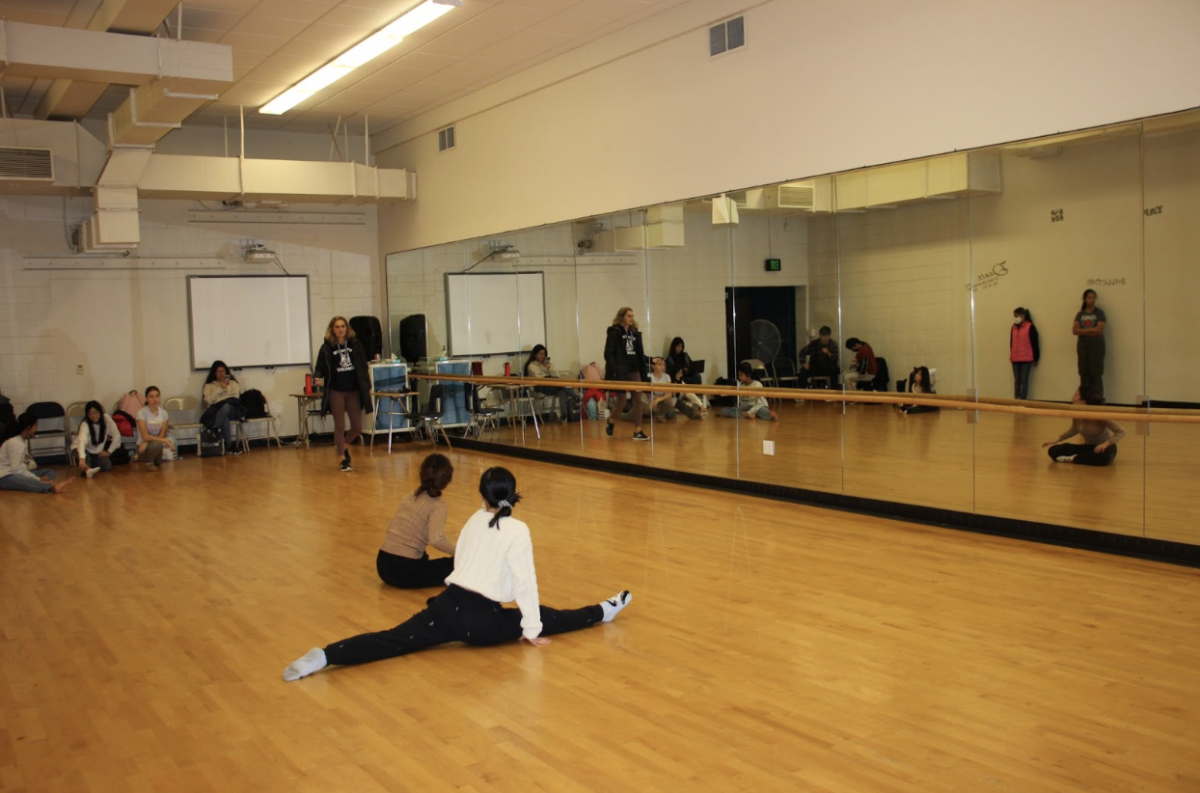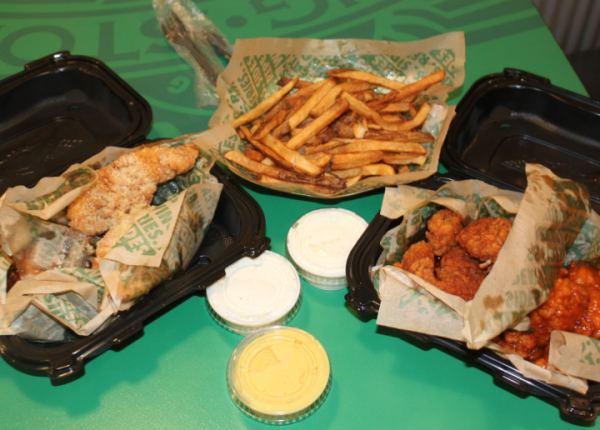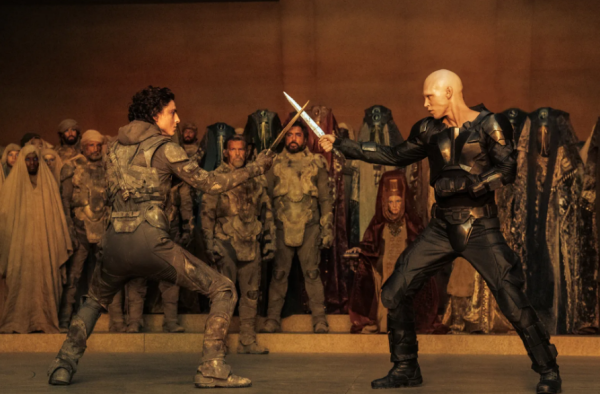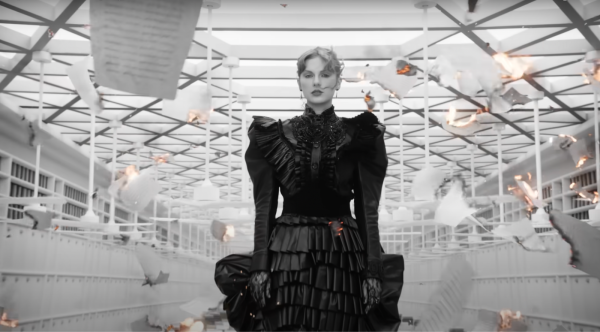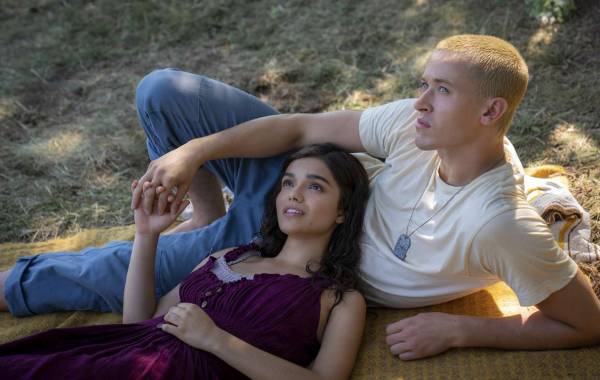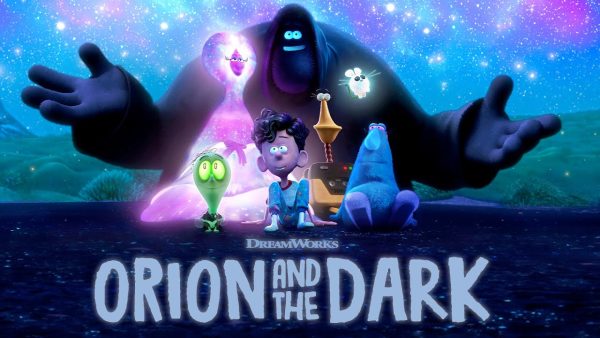Winter Holidays
December 14, 2017
Despite the fact that the time between late November and early January is known worldwide as the “Holiday Season,” people essentially treat it as the “Christmas Season.” However heart-warming and joyous the Christmas holiday can be, there is no denying that there are many other, equally wonderful winter holidays that are unknowingly underappreciated.
Kwanzaa:
From December 26th to January 1st, Kwanzaa celebrates African culture and involves a feast as well as gift-giving. The holiday values seven core principles are unity, self-determination, collective work and responsibility, cooperative economics, purpose, creativity, and faith, all which are represented by each candle that is held in the kinara, a candle holder primarily used for the celebration of Kwanzaa.
Fiesta of Our Lady Guadalupe:
A holiday particularly special to people of Mexican heritage, Fiesta of Our Lady Guadalupe is celebrated on December 12, when catholics feast and give tribute to Jesus’ mother Mary. Many people dress in white or colorful traditional clothing and celebrate with festive music and traditional mexican dances.
St. Lucia day:
In honor of St. Lucia, one of the earliest Christian martyrs, St. Lucia Day is a holiday celebrated in Sweden, Norway, and other Swedish speaking countries on December 13th, where people dress in white to represent hope and light during the darkest time of the year.
Hanukkah:
From December 12th to the 20th, Hanukkah is celebrated by the Jewish who commemorate the rededication of the Holy Temple when the Jewish people rose against their Greek-Syrian oppressors. Often called The Festival of Lights, Hanukkah is celebrated with activities like playing with a dreidel, a four-sided spinning top in which each side is imprinted by hebrew letters that commemorate the miracle of oil in the Holy Temple. Celebrators also light a candelabrum, a traditional symbol of Judaism, each of the eight nights.
Yaldā Night:
With the intention to keep the evil away on the longest night of the year, Yaldā Night is mostly celebrated by Iranians on the winter solstice in which friends and family stay up well after midnight to curb their chances of receiving misfortune from evil spirits and gather for protection with each other. Celebrators read poetry and eat red foods, such as watermelon and pomegranates, to represent the colors of dawn and the glow of life and signify the end of the summer season.
Pancha Ganapati:
From December 21st to the 25th, Pancha Ganapati is a Hindu festival celebrated in honor of the god of beginnings Ganesha. Families create and decorate a shrine for Lord Ganesha in their living rooms in the spirit of new beginnings and mending past mistakes. Then on each day, the children decorate the shrine in five different colors, including royal blue, ruby red, emerald green, and brilliant orange, to represent the love and harmony between immediate family members, close relatives, business associates, culture, and the god of Ganesha himself respectively.






